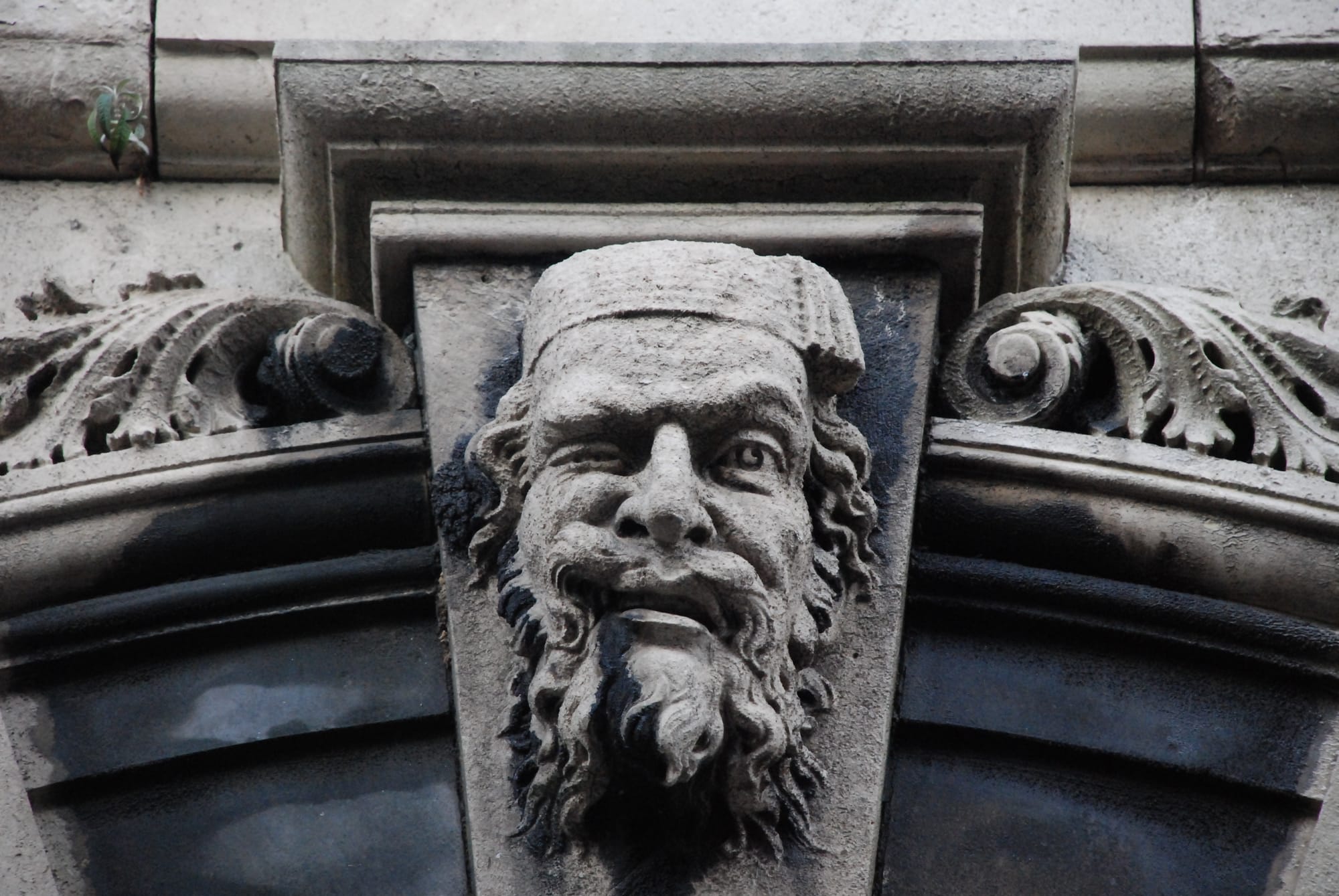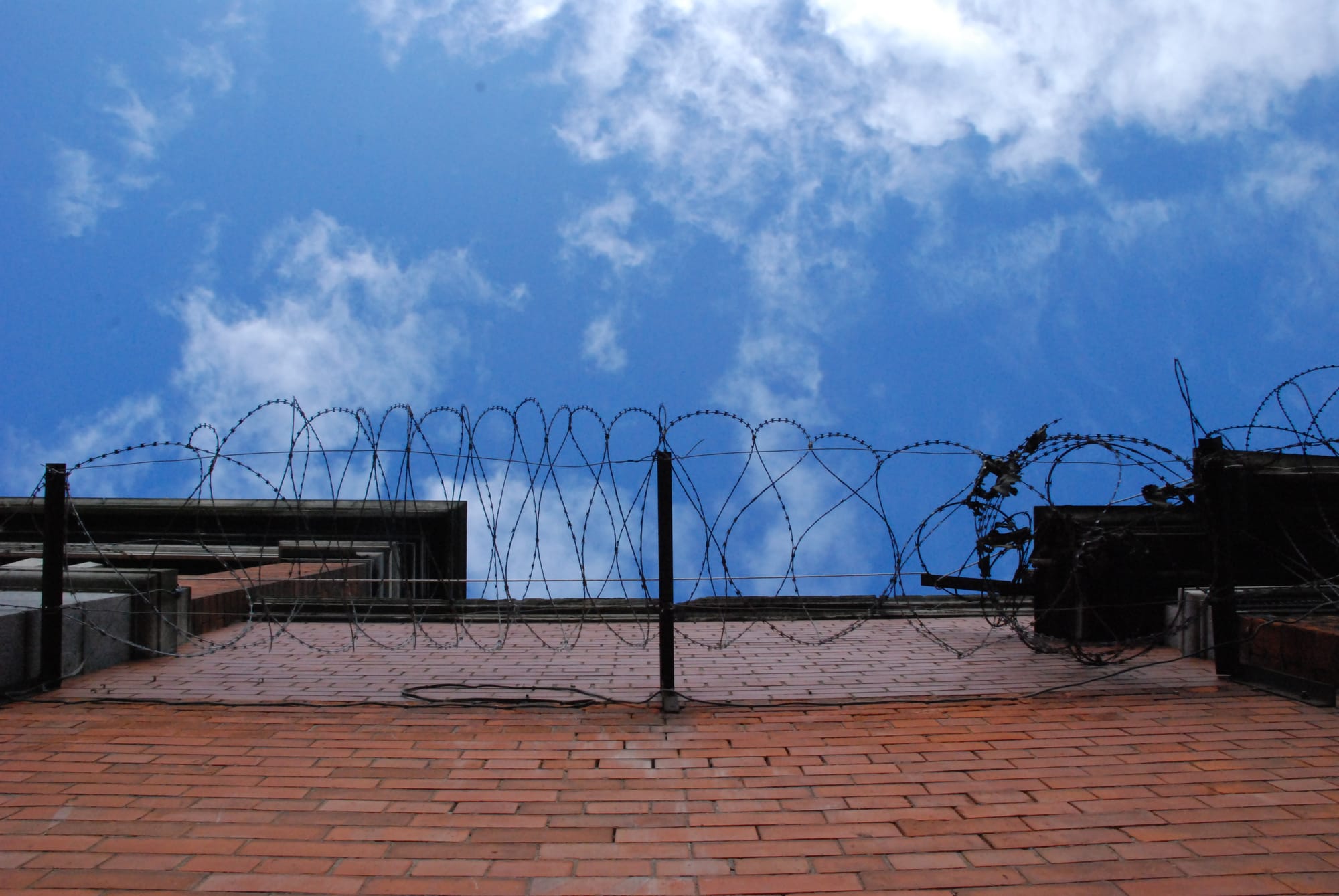What’s happened with Manna’s plan to expand its drone delivery service across Dublin?
It still only has one base, in Dublin 15, with planning permission – and that’s due to expire this year.
For the moment, the council’s plans for the Iveagh Markets don’t go as far as repossession and redevelopment. They’re much more modest.

“We are where we are,” says Francis Street antiques dealer Martin Fennelly, stood near the entrance to the shop on Francis Street that he opened 20 years ago.
He beckons towards a nearby red-brick structure, disused and topped with barbed wire.
Ten years ago, Fennelly says, he was “delighted” at developer Martin Keane’s plans to redevelop the Iveagh Markets into a Covent Garden-style space for the Liberties.
Dublin City Council awarded Keane, who owns pubs and hotels in Temple Bar, a 500-year lease to restore the Iveagh Markets.
Keane’s plans haven’t come through, though. And in September, Dublin city councillors voted in favour of a motion supporting the return of Iveagh Markets to the council’s control.
“It still has huge potential,” says Fennelly. “I would love, in the morning, if it was anything quite frankly.”
For the moment, though, the council’s plans for the Iveagh Markets don’t go as far as repossession from Keane and redevelopment on its own. They’re much more modest.
The council is not proceeding with its plan to repossess the Iveagh Markets right now, Senior Executive Officer Helen McNamara told members of the council’s planning committee last week.
Last year, the council was looking at repossessing the site from developer Keane, whose plans to redevelop the market have stalled since 2008.
However, having consulted with Keane, the council now plans to send in a team of architects and conservation engineers to survey the site and assess the situation.
It’s better, said McNamara, than being stuck in court proceedings. “This way, at least, we are allowed to go in and do something in relation to the condition of the building,” she said.
At last week’s meeting, Green Party Councillor Ciarán Cuffe suggested that the council adopt a “twin-track approach” to the Iveagh Markets.
While carrying out its site survey, the council should also have a wide-ranging discussion on the building and what it should be used for further down the line.
The council, said Cuffe, could even talk to the Irish food promoters Bord Bia to see if they can have a market for fresh Irish produce there. Or possibly a hotel could be built on the site, he said.

“It’s just an eyesore at the moment,” said George Tully, behind the bar of the Liberty Belle on Francis Street on Monday afternoon. “So something needs to be done.”
Over the road from the pub, the Tivoli Theatre is due to be flattened to make way for a five-storey, 289-bed aparthotel by Tivoli owner Anthony Byrne.
As the street changes, Tully says, something should be done with the Iveagh Markets too. And soon, he says.
Chantal O’Sullivan agrees. She has been operating her antiques store, halfway down Francis Street, since the mid-1980s.
“I’d love to see something like Covent Garden [in London],” she says. “I think I might take a space in there if they do that.”
O’Sullivan says she’s hopeful that developer Keane’s original plans will go ahead. “And there’s an incredible revamp going to go on around here,” she says.
The council does have public-realm improvement plans for Francis Street, including footpath repaving, landscaping and improved public lighting.
As these progress, says O’Sullivan, the Iveagh Markets should be prioritised.
The Local Area Plan (LAP) for the Liberties, adopted by the council in May 2009 (and extended in 2014 until May 2020), states that the Iveagh Markets “with its distinctive character … will become a destination shopping district when it opens”.
Back then, Keane was planning a redevelopment of the site, which included a four-star hotel.
A proposed heritage trail through the Liberties, the LAP notes, “should provide stone paved pedestrian priority zone around Iveagh Market(s) allowing large volumes of shoppers and occupants to spill out into the streets”.
The plan also notes that the Iveagh Markets are “a testament to the area’s thriving industrious nature”, and that redevelopment “should support local producers and retailers not detract from them”.
Some local businesses hope the 19th-century building will still become a revamped market space. Council officials, though, aren’t being drawn out on that.
At last week’s planning meeting, council Assistant Chief Executive Richard Shakespeare told members that he wouldn’t want to start a discussion about its future use right now.
“In the first instance, we [the council and Keane] disagree as to who has control of the building,” he said.
Independent Councillor Mannix Flynn said he would question whether the council, should it find itself in a position to redevelop the Iveagh Markets, has the expertise to do so.
He pointed to the delays on the fruit and vegetable market in Smithfield – where some wholesalers have resisted changes – and delays over plans for Moore Street as examples.
People Before Profit Councillor Tina MacVeigh disagrees, arguing that the council is in a good position to lead the redevelopment of the Iveagh Markets.
But any redevelopment, she adds, must be “municipal-led”, and residents and local businesses must be consulted and have their say.
“What I’m hearing from the local community is that they want it to be a facility for the local people,” says MacVeigh. “That could be a combination of different things.”

The 2009 LAP for the Liberties says changes to the Iveagh Markets should respect the low-rise nature of the surrounding area.
“The focus should be on improving the quality of the public realm through reinstating heritage features,” the plan says.
On Monday afternoon, Anne Dowling scraped the remaining snow off her front porch on Power’s Square near the Iveagh Markets.
“I’d like something with a museum [about the area] and a small coffee shop eventually,” she says. “And perhaps a few of the antique shops from Francis Street in there.”
Before anything, though, the building must be preserved properly, she said.
That might prove costly, says antiques dealer Fennelly, back in his shop, as Doris Day sings “Que Sera, Sera” on the radio.
Fennelly says he understands the council’s reticence to raise hopes. He fears that the old building’s deterioration has reached a critical point.
“Even if it goes back into public ownership, it’s going to be so costly that the justification for the spend would be … interesting,” says Fennelly.
“Unless a white knight comes out of the woods with billions, then I think we’re going to be looking at that beautiful building like that for some time.”